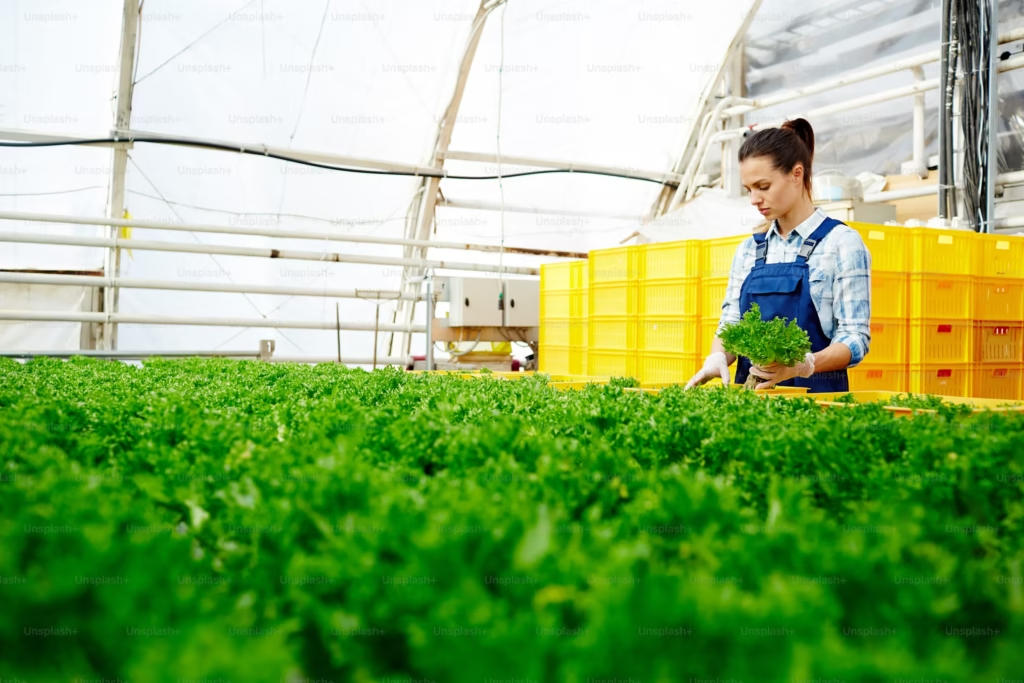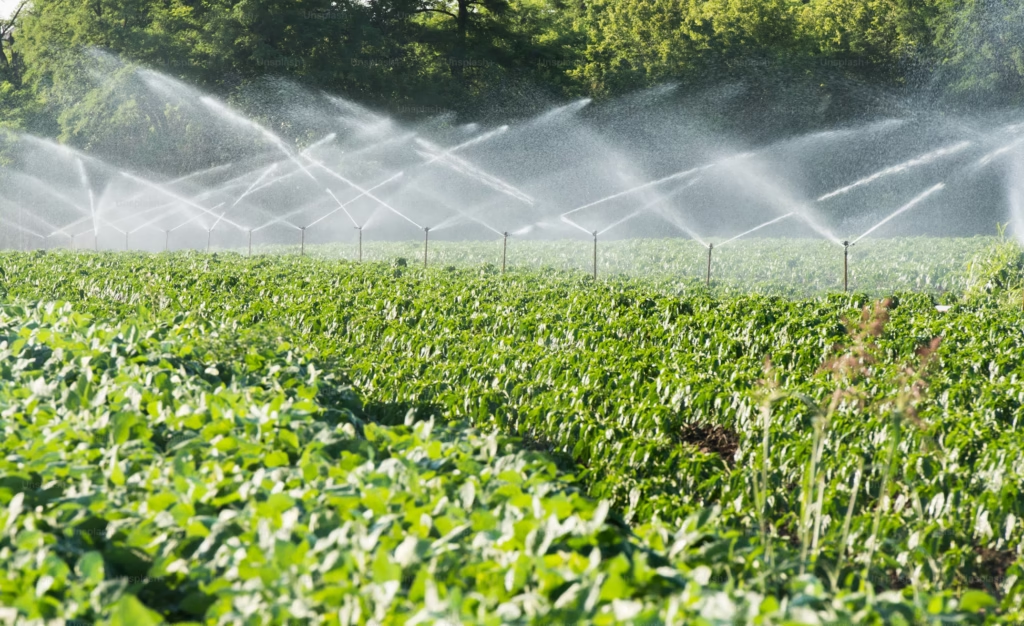
Top 10 Ways to Practice Sustainable Agriculture
Sustainable agriculture is essential for preserving the environment, improving soil health, and ensuring long-term productivity while meeting the growing demand for food. Here are 10 effective ways to practice sustainable agriculture:
1. Implement Crop Rotation
Crop rotation involves growing different types of crops in the same area over several seasons.
Benefits:
- Reduces soil nutrient depletion.
- Breaks pest and disease cycles.
- Improves soil structure and fertility.
Example: Rotating legumes like beans or peas with grains replenishes nitrogen in the soil naturally.
2. Practice Agroforestry
Agroforestry integrates trees and shrubs into farming systems.
Benefits:
- Provides shade, reducing heat stress on crops and animals.
- Improves biodiversity.
- Prevents soil erosion and enhances water retention.
Tip: Combine fruit trees with crops like coffee or cocoa for diversified income.
3. Use Cover Crops
Cover crops, such as clover or rye, are planted during off-seasons to protect the soil.
Benefits:
- Prevents soil erosion.
- Adds organic matter to the soil.
- Suppresses weed growth naturally.
4. Apply Integrated Pest Management (IPM)
IPM focuses on using biological, cultural, and mechanical methods to control pests.
Benefits:
- Reduces reliance on chemical pesticides.
- Promotes natural predators like ladybugs and birds.
- Minimizes environmental impact.
5. Adopt No-Till Farming
No-till farming avoids plowing to preserve soil structure and organic matter.
Benefits:
- Reduces soil erosion and water runoff.
- Improves soil carbon storage.
- Saves time and labor.
Consider: Use specialized seed drills for planting without disturbing the soil.
6. Conserve Water with Efficient Irrigation
Water conservation is critical in sustainable agriculture.
Techniques:
- Drip irrigation: Delivers water directly to the plant’s roots, reducing wastage.
- Rainwater harvesting: Captures and stores rainwater for agricultural use.
7. Integrate Livestock and Crops
Combining livestock and crops creates a mutually beneficial system.
Benefits:
- Livestock manure acts as a natural fertilizer.
- Crop residues can be used as animal feed.
- Diversifies farm income and improves sustainability.
8. Use Renewable Energy
Power your farm operations with renewable energy sources like solar, wind, or biogas.
Benefits:
- Reduces reliance on fossil fuels.
- Lowers greenhouse gas emissions.
- Saves money in the long run.
Example: Solar panels can power irrigation systems or farm equipment.
9. Promote Biodiversity
Enhancing biodiversity on the farm supports ecosystem balance.
Practices:
- Maintain hedgerows and wildflower strips to attract pollinators.
- Plant diverse crops to reduce the risk of disease outbreaks.
10. Test and Improve Soil Health
Regular soil testing helps maintain soil fertility and reduce over-fertilization.
Practices:
- Use organic compost or manure to enrich soil.
- Minimize the use of synthetic fertilizers.
- Grow soil-enriching crops like alfalfa or clover.
Why Sustainable Agriculture Matters
- Environmental Impact: Protects natural resources and reduces pollution.
- Economic Benefits: Lowers input costs and ensures long-term productivity.
- Social Responsibility: Supports local communities and future generations.



